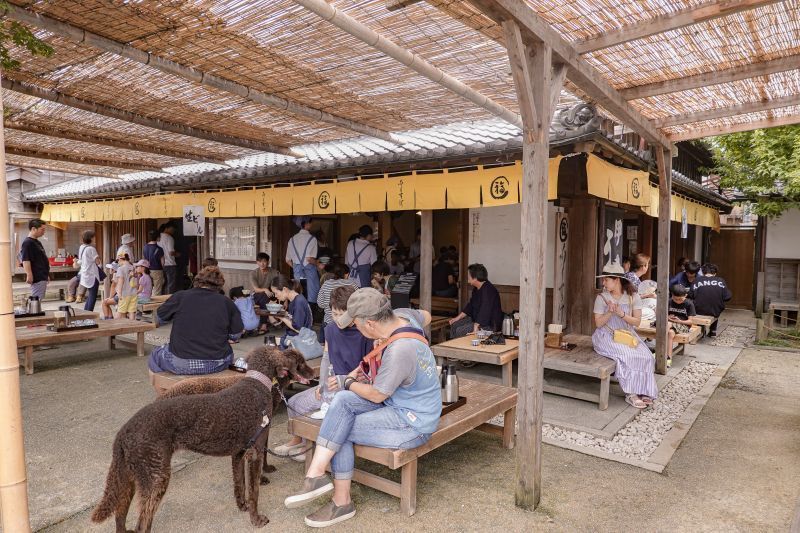Gourmet Mie Day 2 – Divine Ise and Matsusaka beef(Article created by Cheeserland)
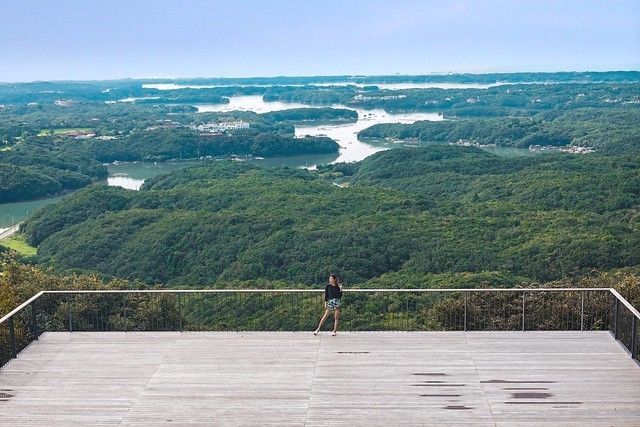
Read my Day 1 blog post here about abalone feast at Shima Peninsula.
Mie Prefecture is blessed with the abundance of both treasures from the ocean and land. In my previous post we have had (actually just me, but it could soon be your experience if you allow yourself to! Hehe.) glorious abalone and other assorted seafood in the Shima region, today I’m bringing you to explore the crème de la crème of beef – Matsusaka from its namesake city.
But first, let’s pick up where we left in the previous post and start with a great lookout point in Shima region.
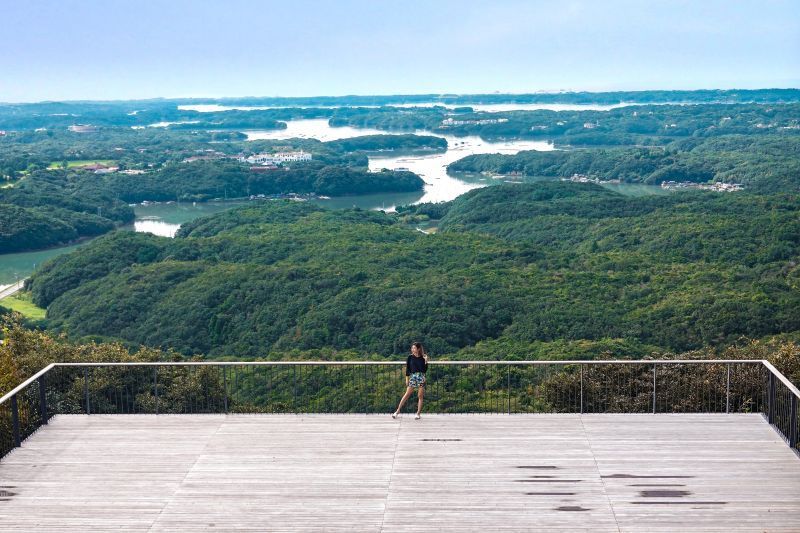
Yokoyama Observation Deck
Uninterrupted view of the stunning Ago Bay from the Yokoyama Observation Deck.
The massive scale of nature took my breath away. There are 64 island (islets?) surrounding the Ago Bay, and it reminded me of Matsushima in Miyagi Prefecture – the final 3 Greatest Scenic View I’ve left on my list. Although I have not been to Matsushima, the view from Yokoyama actually left me wondering if Matsushima would be more enchanting than this.
Mikimoto Pearl Island
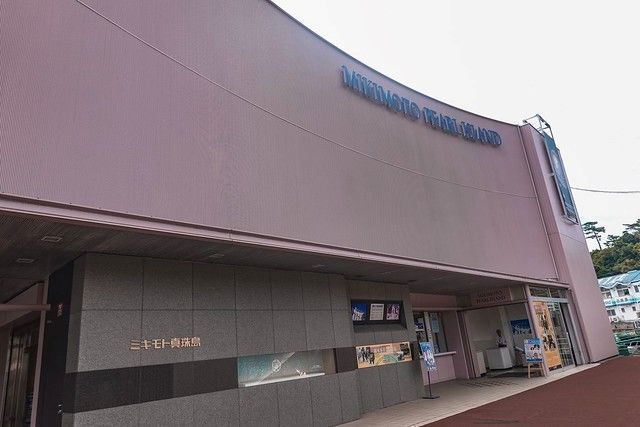
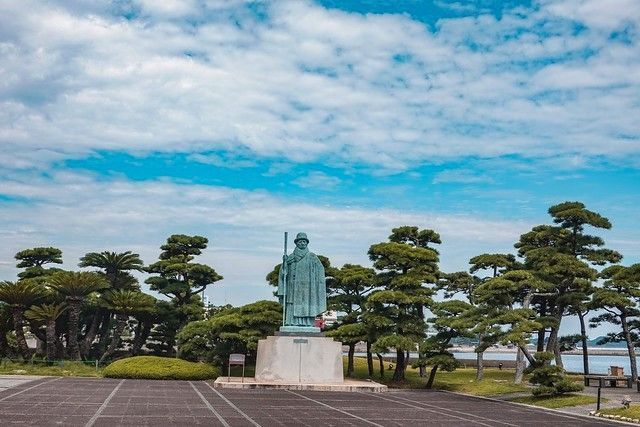
Omg I just had a goosebump moment just like when first learnt about the inventor of instant noodles, Ando Momofuku’s story. Their life stories all share several similarities:
1. Undying support from their wise wife
2. Determination to get through multiple failures, near bankruptcy and hardship
3. A burning passion to seek innovation and improvement no matter the age
4. They both died at age 96
Creepy! Now I am really convinced that the saying – beside every great man, is a great woman – does hold water.
In 1927, Mikimoto met Edison, the great inventor who was in awe with his pearl cultivation. Edison commented, “Diamonds and pearls are the only things my laboratory could not produce.” – to which Mikimoto responded, “If you were the moon of the world of invention, I would simply be one of the many tiny stars”.
Oh. My heart.
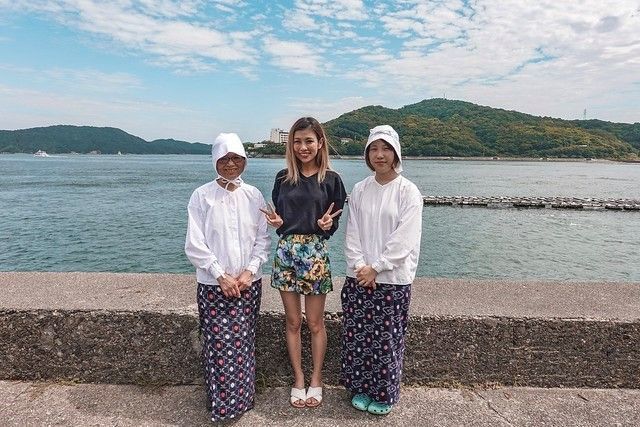
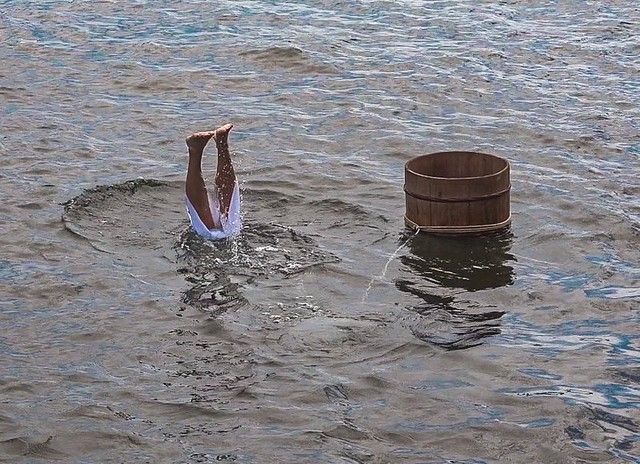
I have been to two different ama huts now, it was nice to finally see them in action for the first time. They were amazing.
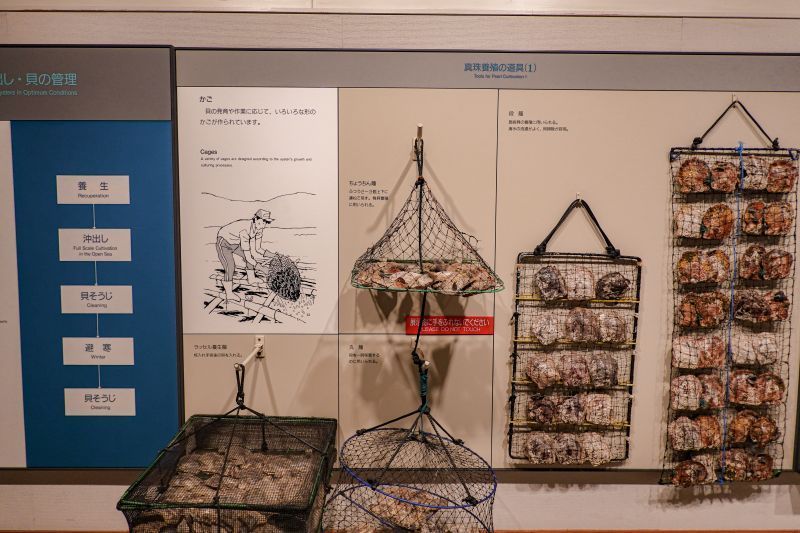
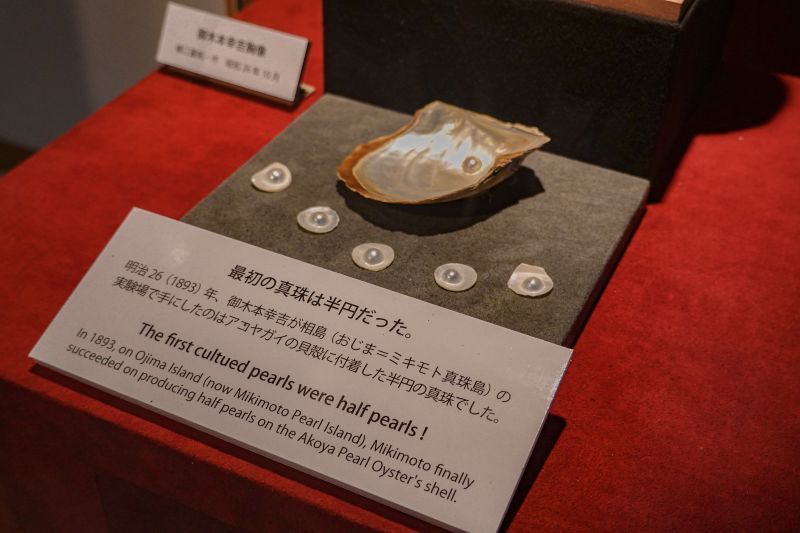
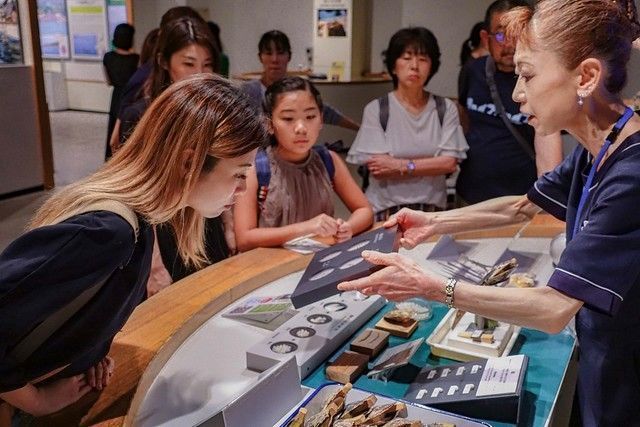
No worries, the kind staff in the museum will be explaining about the process in details. It’s too complicated for me to explain it in 2019 English but basically you will need to perform a surgery to insert a round bead made of another oyster’s shell into the oyster and it will start to coat the bead with nacre (the shiny coating or what we call mother-of-pearl) as a natural defense to protect itself from an alient object in its body and therefore pearls are formed over time. So in a way, you can say that pearls are like your gallbladder stones, but shinier.
The first time I saw how a surgery was performed was in Uwajima, Ehime prefecture and I was clueless as hell but this visit has definitely opened my eyes the way you pour boiling water on clams. Haha.
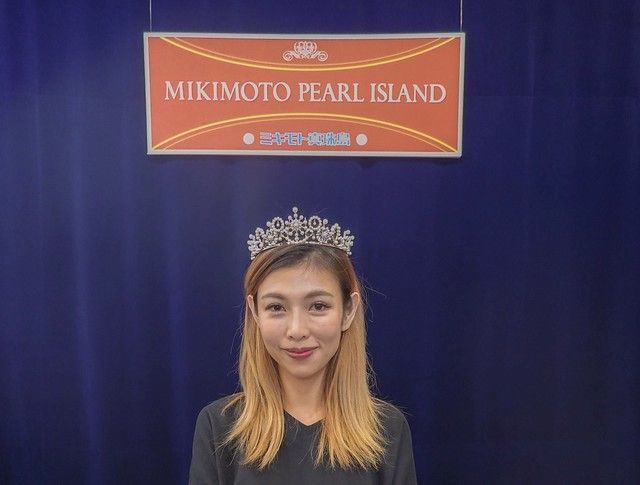
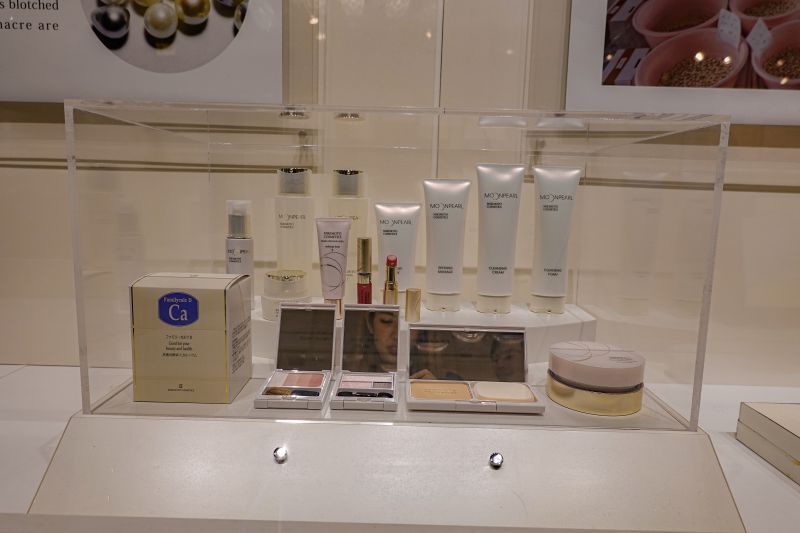
If your wallet stops you from buying the prized precious pearls, at least check out their cosmetic counter and bring home some affordable skin care. I got a set of pearl masks to prepare for my next travel and I’m excited to use them!
Ise Grand Shrine
Ise Grand Shrine, or Ise Jingu, or just “Jingu”, needs nofurther introduction. I have also blogged about it twice. Once in 2017, and another time justweeks ago.
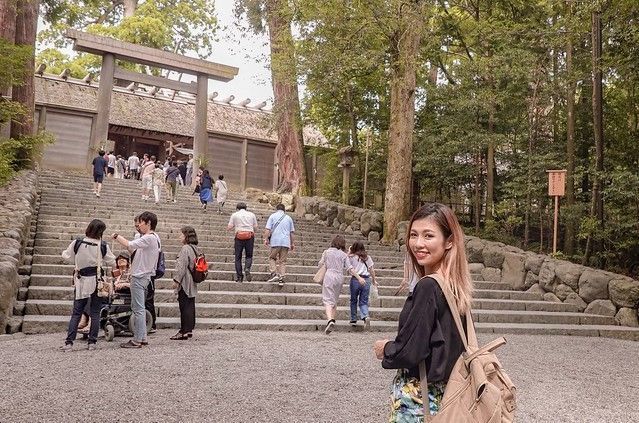
One may expect the greatest shrine of whole Japan to be uniquely picturesque like Fushimi Inari in Kyoto, or at least photo-worthy like Hakone Shrine in Kanagawa. Not to disappoint you, but the shrine of Ise Jingu is extremely simple and plain, clad mostly ashen in earthy tones with the tamajari (玉砂利) – gravel that lines the sando (参道 – walkway to the shrine) and wooden structures of tones that seem to melt into each others. In fact, you are not even allowed to take photographs beyond the staircase to the main shrine (see above picture).
So, Ise Jingu is not an Insta photospot for social media boasting. Instead, it is a divine territory where one seeks to purify his soul and rediscovers gratitude in life. You can save the photo-taking for later, when you visit a nostalgic old town nearby (up right next!).
After having a fair share of spiritual quest and divinetopics, let’s move on to something jovial and loved by everybody – deliciousstreet snacks!
Oharai-machi & Okage Yokocho
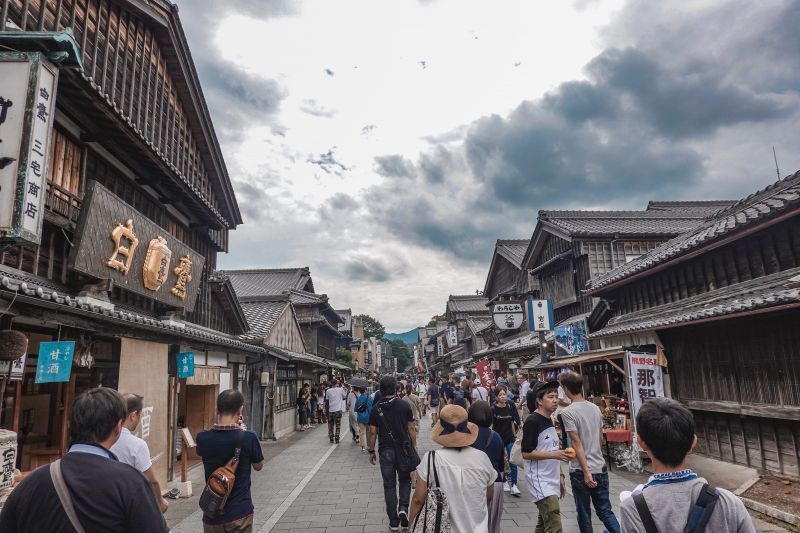
Butasute Croquette
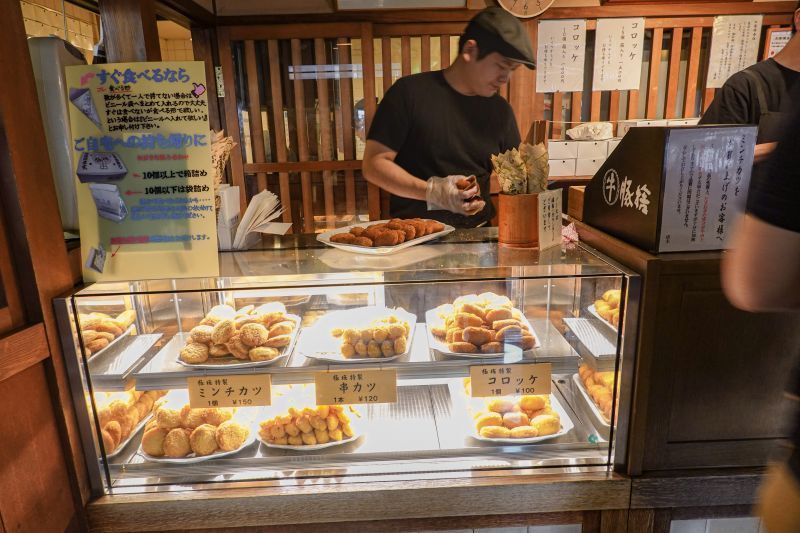
A 100 yen coin buys you the juiciest mince meat croquette you’ll ever taste.
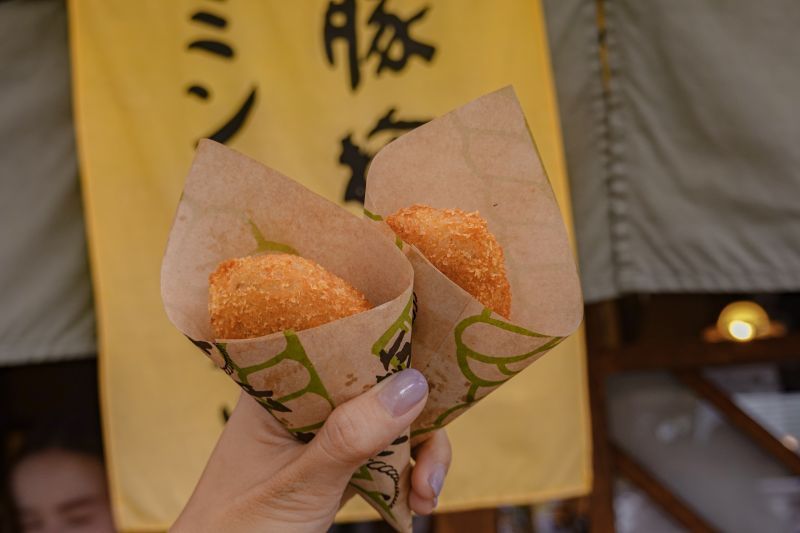
Wakamatsuya
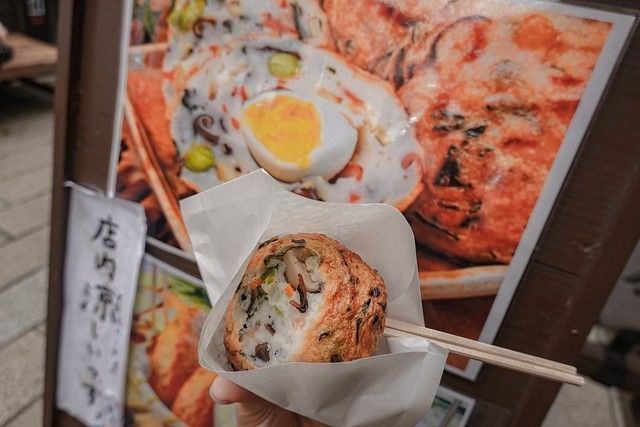
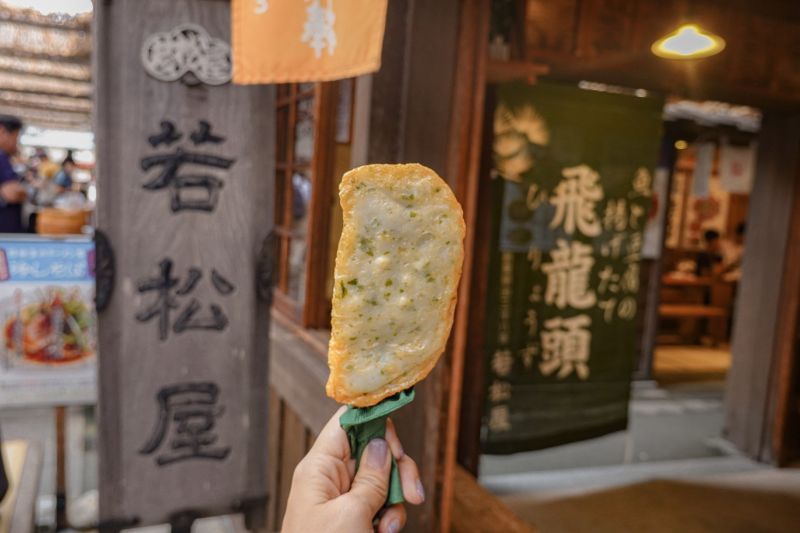
Fukusuke Ise Udon
